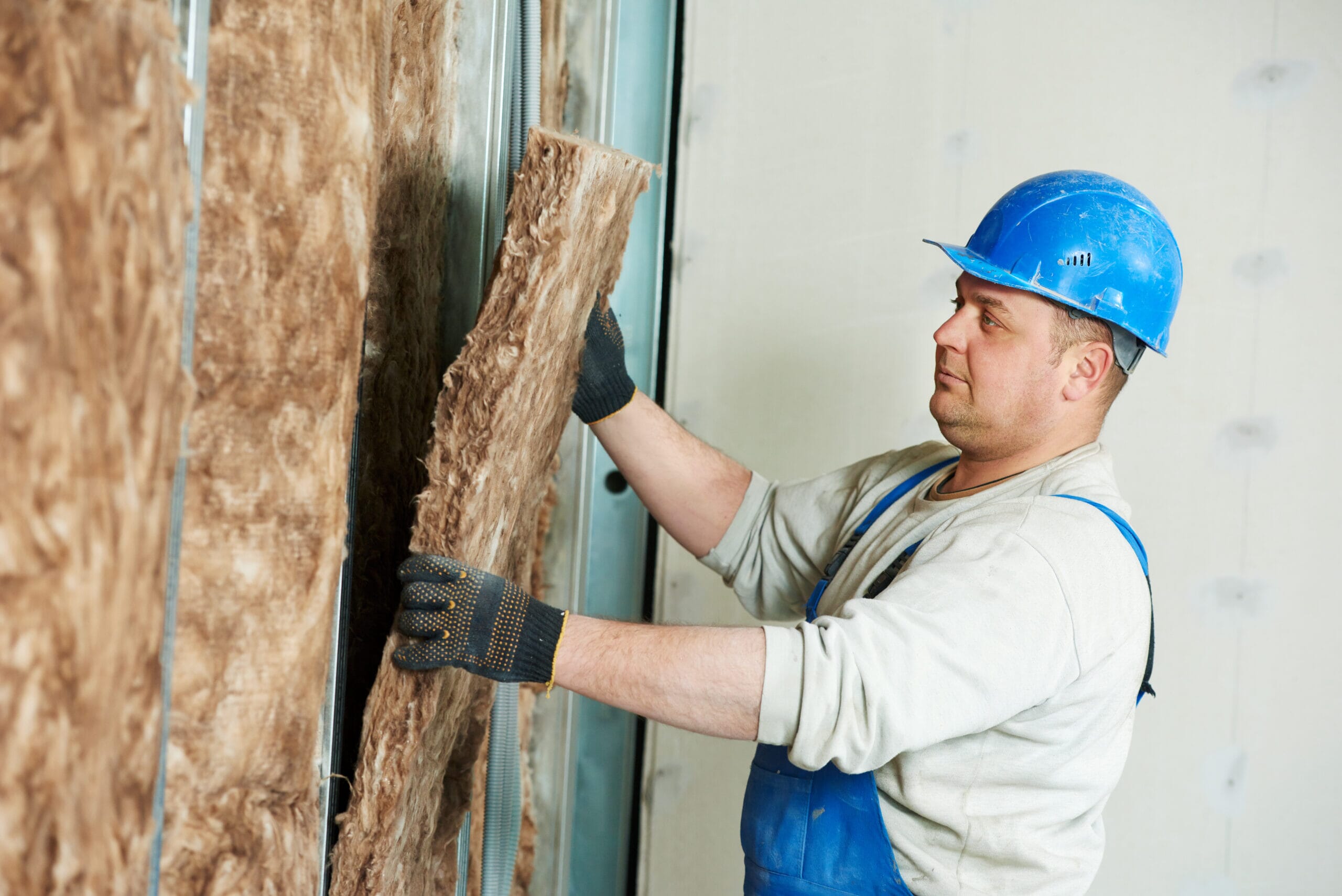
Will new fire safety guidance impact your site's energy performance?
Regulatory Updates
Will new fire safety guidance impact your site's energy performance?
In recent months, fire safety has come under the spotlight in our homes. With retrospective testing showing worrying results, especially for high-rise developments, we’ve been receiving lots of queries from clients who are changing their wall specification and would like to know what impact this has on energy efficiency. Generally, this change in specification has been to remove PU foam insulants, replacing them with mineral wool batts or blown fibre.
The first point to say on this matter is that Approved Document Part B (Fire safety) is not our area of expertise, so we strongly recommend you consult with a suitable professional about the options for modifying the details of your development before you come to us.
It’s also worth noting that fire safety regulations and energy efficiency regulations are not directly linked together. However, changes you make to satisfy Part B will indirectly change a building’s fabric heat loss, which will have a knock-on effect to your Part L results, and possibly your planning commitments as well.
Changing from one type of wall insulation to another can affect SAP, SBEM, BREEAM, CSH, energy strategies, carbon offset payments, overheating analysis and thermal bridging analysis.
With so much focus on the fire safety of our buildings – old and new – we’ve put together a list of Frequently Asked Questions.
Why would a wall modification have so many impacts?
Let’s start with the U-Value.
This is the unit of measurement to show how thermally efficient a wall is. If, for example, you were to remove 50mm rigid insulation board, and install 100mm mineral wool instead, this will change the U-Value. If this value is made worse, the SAP and SBEM results will also be made worse.
If you were only just meeting the target before, this change could cause the building emission rate to increase, and your site may no longer comply with Building Regulations. This means you would need to make improvements elsewhere to compensate.
Similarly, if you have commissioned thermal bridging PSI-values based on a wall with rigid insulation, and then change this to mineral wool, those calculations are no longer valid and will need to be recalculated. Again, this adjustment will change the expected emission rates of your site.
If you have a planning requirement to show a reduction in energy use, this too will need checking. You may need to improve your specification elsewhere, or increase onsite renewables.
London sites with carbon offset payment requirements will also need to be recalculated. Higher wall U-Values are likely to lead to higher carbon offset payments to meet the zero carbon target.
There are sections in CSH and BREEAM assessments which are directly connected to the SAP and SBEM scores, so you could see a change in results here.
Summer overheating analysis will also change because different types of insulation have varying thermal conductivities, which are also affected by air infiltration in different ways. Changing materials and using different cavity thicknesses will impact the risk of overheating on your development.
So what is the best approach to this?
As shown above, there are a lot of knock-on implications to changing a wall specification, so you need to know how this might affect you.
If you or your fire consultants insist that insulation changes are needed, the best approach is to decide the best course of action and let us know what needs to be changed. The closer you can keep to the original U-Value, the less impact you will see – if you can improve on the original U-Value, all the better.
We’re not going to leave you in the dark and are on hand to check through each one of our services. We will ensure that your building continues to meet energy efficiency targets as well as being in line with the latest recommendations of your fire safety specialists.
Why would my wall U-Value change?
If we take a typical brick and block cavity wall, and include 75mm rigid insulation in a 125mm cavity, you could expect the U-Value to be around 0.22.
Changing the rigid insulation to a mineral wool would increase the U-Value to 0.31. This is because wool based insulants aren’t as thermally efficient as PU foam products. To offset this, you would need more insulation to improve the U-Value. In this case, fully filling the cavity (125mm) would give you a U-Value of 0.23 which is much closer to the original specification.
But remember this isn’t a one-size-fits-all approach. Sites in more exposed areas may not be allowed to take the fully filled approach, so you may need to consider a wider cavity as an alternative approach.
What if the sustainability targets no longer hit the mark?
Our Technical Team are on hand to check how much of an impact any changes will make to your overall calculation. If we discover any issues with compliance, in terms of planning or building regulation requirements, we’ll work on alternative options for you to consider. Therefore, you can still meet your sustainable targets while keeping on the right side of new fire safety recommendations.





